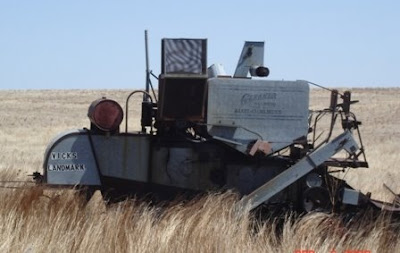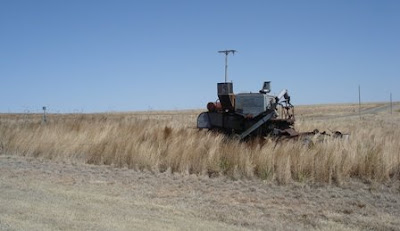>I’m reading an incredible book right now. Trouble The Water by Nicole Seitz (see previous entry on this blog). It’s rich setting is the South Carolina Lowcountry, and through Nicole’s magical writing, I can taste the salt in the sea breezes and feel the grit of the sand on my feet. Her story comes from personal experience with the setting.
How often have you hiked a mountain trail and heard the whisper of aspens or tasted the icy fresh water from a snowmelt stream? Smelled pinecones and decaying humus on the forest floor?
In the heart of a big city, the constant noise of traffic and distant sirens, the smell of asphalt and car exhaust lend themselves to completely different stories from the roar of the ocean or afternoon mountain showers. Writers capture readers through their settings as well as their characters or knock-your-socks-off plots. I’ve talked before about engaging the senses, and this is one area where writers can set themselves apart for each setting has its own unique look and sound and smell. Even the feel is different when aptly described.
We’ve made several trips recently to visit family in the Oklahoma and Texas Panhandle. From Woodward, OK, there’s a shortcut on back roads that ends up eventually in the Texas town where our son and his family live. To the inexperienced, it’s a maze of turns and hills, short stretches and long ones. There are no signs to point the way, but countless locals—whether farmers, cattlemen, or oilfield workers—know about this shortcut and use it all the time. At one particular junction an abandoned combine sits in a lonely corner of the field. It’s been there for years, and someone has humorously tacked letters on one side that say Vic’s Landmark. On the back of the combine, along an east/west road, it says Barth’s Freeway. A little country humor, but a detail that would add to a setting, if not conjure up some interesting plot ideas.
Why was the combine abandoned in this exact spot? Who are the people who travel these roads? What kind of lives do they lead?
Take a closer look at the picture. See how the grass is bent, the sheen on its blades. This is a windy part of the world, and I imagine a scene such as this inspired the Oklahoma state song . . . where the winds go sweeping down the plains. Look at the sky. Isn’t that the most marvelous color of blue? Worthy of having a Crayola named after it.
Can you imagine the relentless July heat or the unforgiving icy wind of a “blue norther?” It’s a land inhabited by coyotes and deer. Jack rabbits and rattlesnakes. And I can almost hear the squawk of a ring-neck pheasant, dressed in iridescent colors. Not many people dwell in this part of the country. For good reason. It takes a lot of acres to sustain a herd of cattle here or grow a wheat crop that will feed a family. It’s a hard life, but a good one, as the people who do live there will tell you. They’re honest, hardworking, neighborly folks. I know. We once lived in a county not too far from where I took this picture.
I’m not sure I’ll set a novel there, but I love the images this picture conveys, the warm feelings of home and being close to the land.
How about you? Have you been inspired by a setting or written a story with a specific location in mind? What senses did you employ to plop your reader into the setting?


